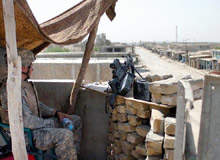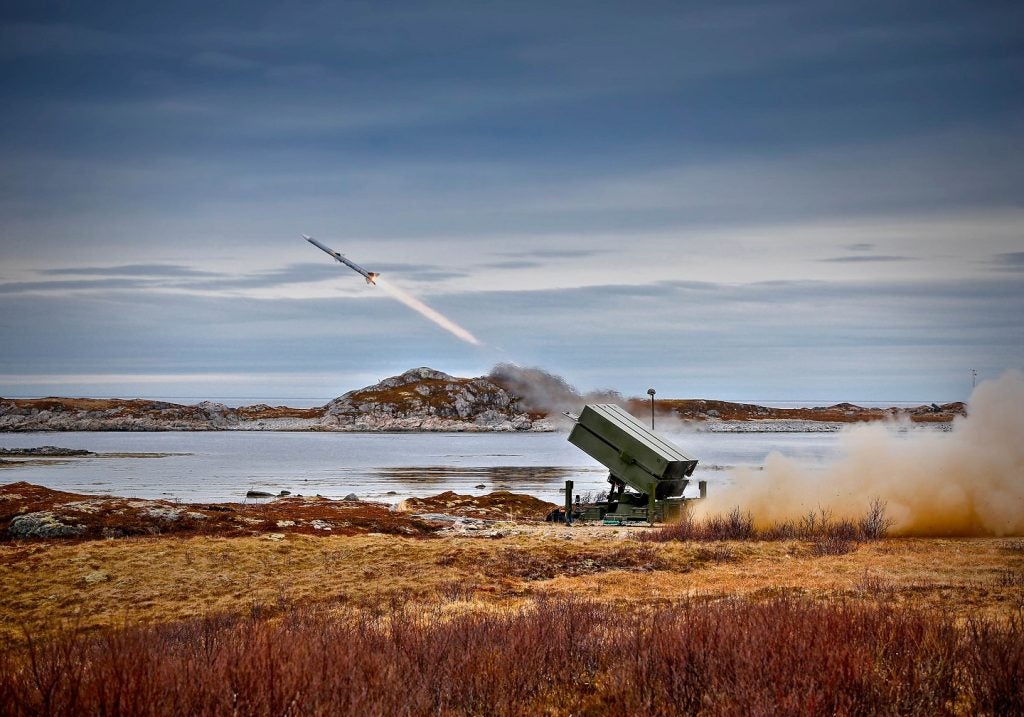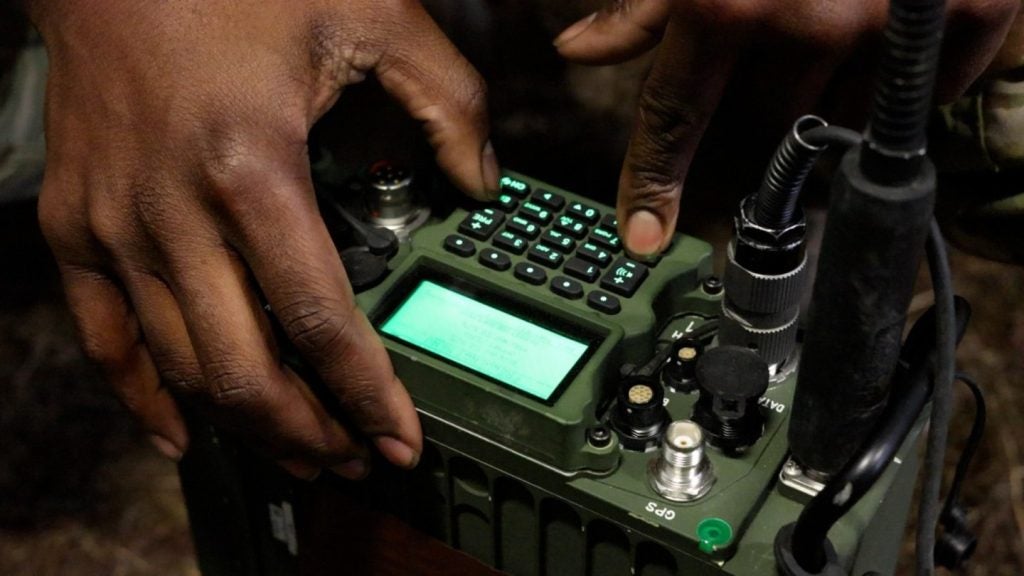
The Afghanistan-Pakistan border, the Durand Line, evokes a great deal of criticism on the basis that the Pashtu people lived on both sides for centuries before British imperialism got in the way.
The withdrawal of border checkpoints in the last week of October 2009, at a time when Pakistan was doing its utmost to destroy the Taliban on its side of the border with Afghanistan is beyond belief, but reinforces the truism that borders and barriers – ‘safe havens’ – have their part to play in insurgency and counterinsurgency.
The value of linear obstacles
If ‘modern’ counterinsurgency began in 1900 when the Boer armies abandoned ‘regular’ warfare for ‘irregular’ or guerrilla warfare, then it can also be inferred that safe havens require linear obstacles, covered by the mk1 human eyeball and firepower. The Romans understood this all too well when attempting to quell the incursions of Picts and Scots, with Hadrian’s Wall being the outcome.
The Chinese too knew of the value of linear obstacles. Lord Kitchener also did and hence the barbed wire ‘lines’ across the veldt of South Africa, with block houses manned by native Africans, armed as much for their own protection against the Boers as to inflict punishment upon them. The ‘lines’ were of course breached, but they did allow the British a degree of certainty as to when and where the Boer Guerrillas were headed next.
See Also:
Something similar occurred in Palestine in the late 1930s when a ‘fence’ was erected on the Syrian border to prevent infiltration from the East. This was, again, penetrated, but nevertheless provided a visible delineation between safe havens and the enemy.
How well do you really know your competitors?
Access the most comprehensive Company Profiles on the market, powered by GlobalData. Save hours of research. Gain competitive edge.

Thank you!
Your download email will arrive shortly
Not ready to buy yet? Download a free sample
We are confident about the unique quality of our Company Profiles. However, we want you to make the most beneficial decision for your business, so we offer a free sample that you can download by submitting the below form
By GlobalDataAn alternative option was to provide security to the civilian population through guarded villages, as took place in Malaya, with some 300,000 civilians resettled into 300 guarded villages. It worked, not least in the denial of food to the communist terrorist (CT) insurgent. Sealing the border with Thailand was, in comparison, an impossible task.
The Dhofar conflict of 1965-75 witnessed an extrapolation of the same theme, initially with the wiring in of Salalah town and the coastal villages to prevent Adoo infiltration and food distribution by sympathisers with PFLOAG. This was followed by a series of ‘lines’ each patrolled, ambushed, mined and wired, to gradually close off the insurgent resupply chain form the People’s Democratic Republic of Yemen (PDRY). Cordon and search operations, together with the static Hedgehogs (1969) and Dianas (March 1973) around Salalah, the Leopard (November 1971), Hornbeam (June 1974), Hammer (October 1974) Damavand (January 1975) and finally Simba lines, gradually forced the front out of Oman, the final barrier being the PDRY border itself.
Irish segments
The separation of Irish Republican terrorist movements, primarily the Provisional IRA, from the civil population throughout the Northern Ireland ‘Emergency’ required novel approaches. The centres of cities such as Belfast were secured only by the enforcement of permanent barriers, the ‘Segments’. Dividing warring communities from one another was achieved and remains so by virtue of linear walls – and despite of a ‘peace process’ of more than ten years, they have not yet been
demolished.
Securing the border between Londonderry and Newry was also considered and in parts of Fermanagh, and access roads were indeed blocked by ditches and obstacles. The Romeo / Golf towers were probably the most affordable compromise, employing modern technology in a day / night / all-weather surveillance role. Even so, the presence of an evergreen tree interposed between R13 on Camlough Mountain and the checkpoint controlling access to Bessbrook village was exploited by the PIRA South Armagh sniper team on 12 February 1997 to murder Lance Bombardier Stephen Restorick, until 2009 the last soldier to have been killed by Republican dissidents.
It is worthy of note that similar thinking is now in evidence in Helmand, this time harnessing modern technology to establish ‘gated communities’ using fingerprint, retina and DNA recognition technologies, together with control of the road / canal choke points. The geography of Afghanistan probably precludes linear barriers but if the civilian population is to be separated from the Taliban, such less physically prominent measures that can now be provided seem eminently suitable.






